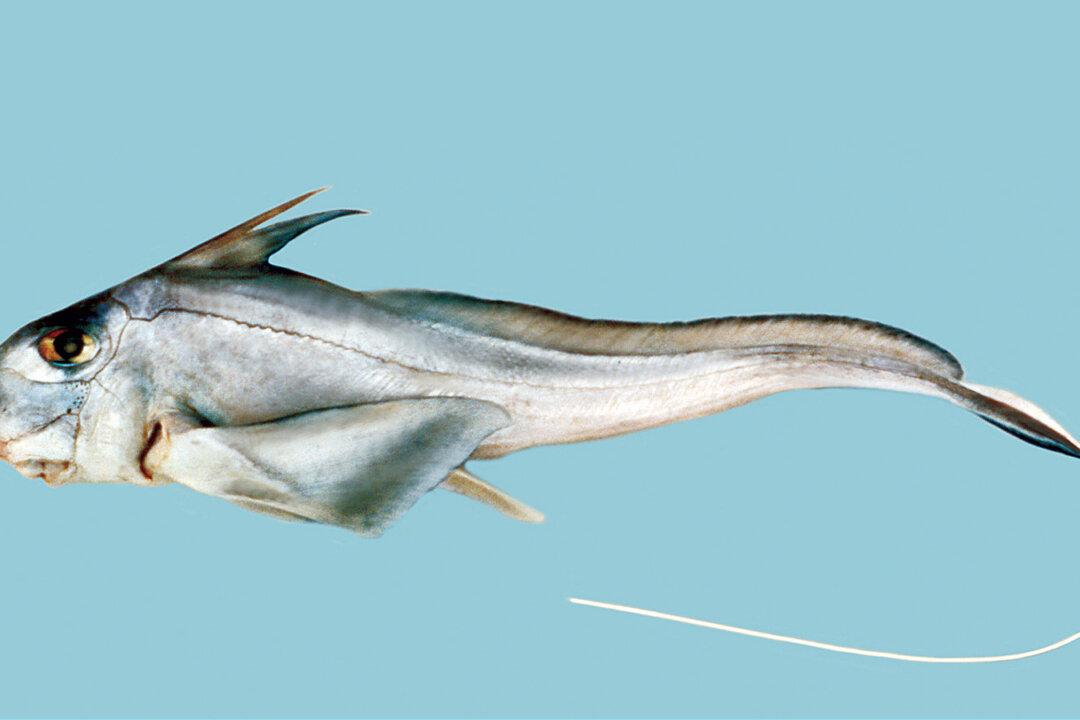Who knows what hides beneath the waves?
A crew of deep-sea geologists who just happened to capture video of one of the planet’s rarest sharks has a pretty good clue.


Who knows what hides beneath the waves?
A crew of deep-sea geologists who just happened to capture video of one of the planet’s rarest sharks has a pretty good clue.